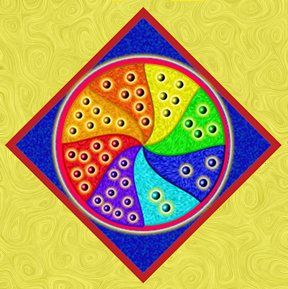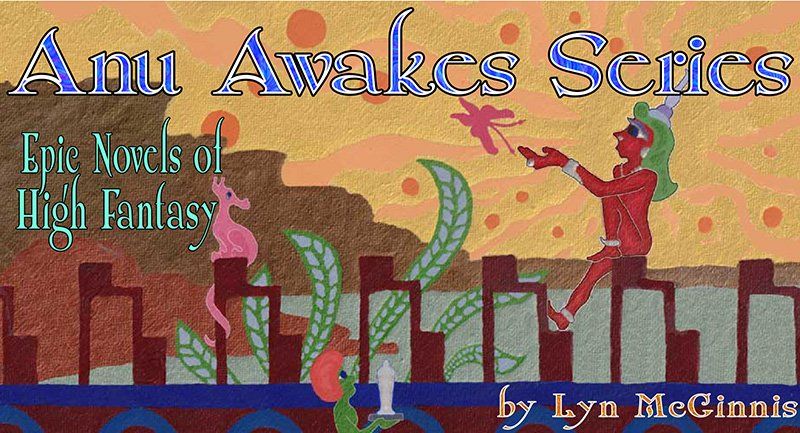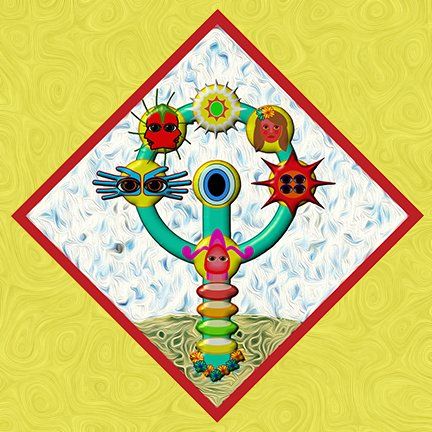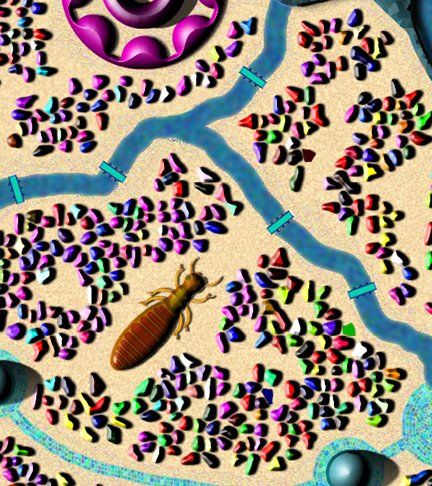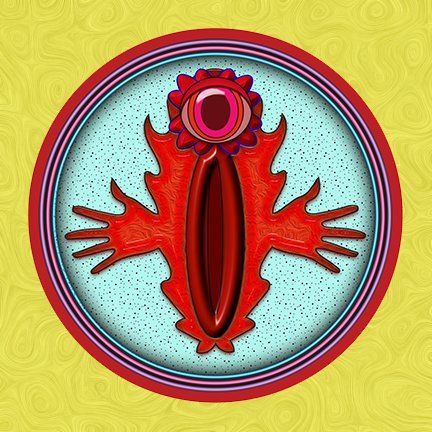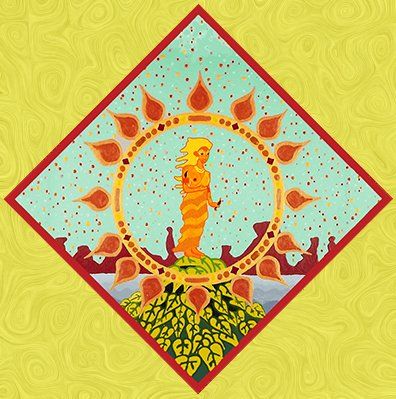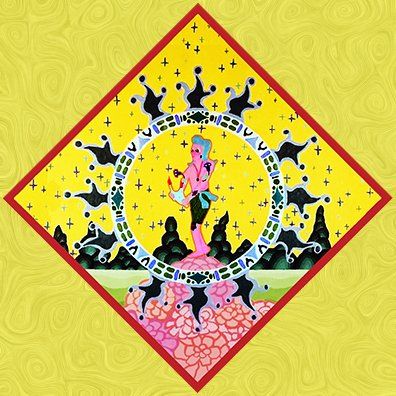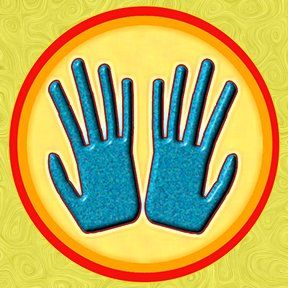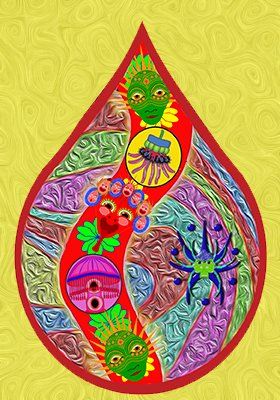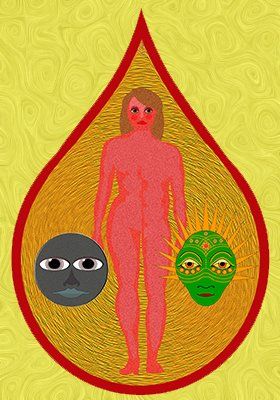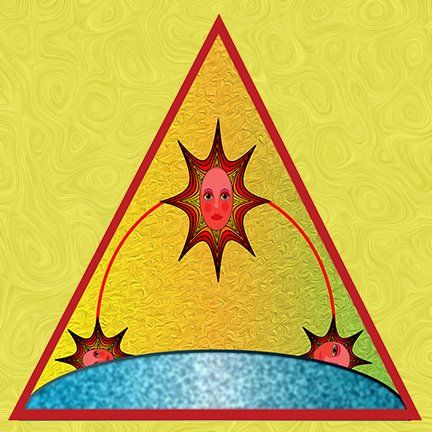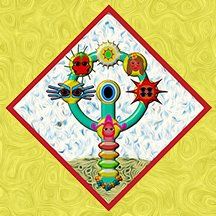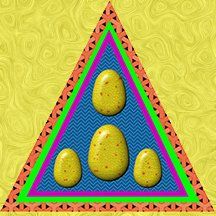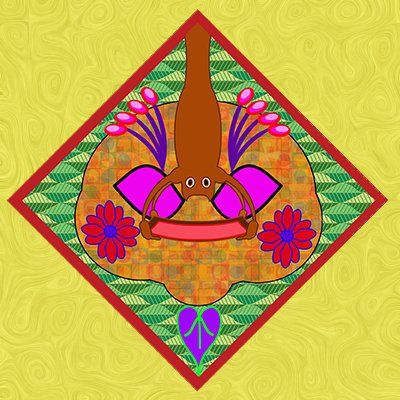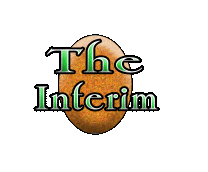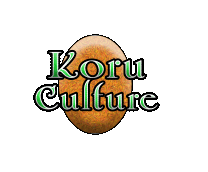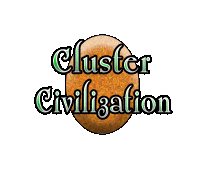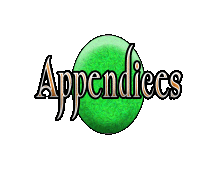
Cluster Structure Introduction
Spokes of the Cluster Wheel, Sensitives, Plants, Animals, then Tolku
Scent
Social Foundation, Scent becomes health monitor, Scent and Skin Shedding, Scent Wall, Five Aroma Accords, Warm Accord, Cool Accord, Spice Accord, Floral Accord, Sweet Accord, Accord Sillage, Maja Aroma, Scent Integration, Scent Merging, Scent Separation, Burning Scent
Cluster Tone
Scent Walls and Auditory Signatures, Companionable Complimentary and Incompatible Cluster Tones, Secondary Epoch Tones, Yeldic Upata Bulb Breeds and Cluster Tones, Incompatible Encirclements
Circle of Eight
Primary Unit, Pre Adults and Ripe Adults, Temporary Circles of Eight, Spokes of the Cluster Wheel, Spoke Cohort, The Nine Petals
Maja
Circle Anchor, Mother knows Maja to be born, Maja Shed alters awareness, Cluster Signature, Maja begin new cluster traditions, Maja Gathering forming its own cluster, Gatherings serve Maja health and larger issues, Resonance Ritual, Some Maja become Invocates, Majastas begin as Maja, Heart Beat Greeting, Maja and all Spokes born in the Duamang Age
Elder
Aged status, How Aged become Elders, Cluster Memory, Cluster Fertility, Gender Maintenance, Three-Males-to-One-Female ratio, Elders and the Ratio Bureau, Cluster Uses, Elder Spokes, Rural Elders responsible for Improvement
Touched
Excruciating Sensitivity, Raw Touched, Aroma Touched, Skin Touched, Cousin Touched, Savant Touched, Upata Touched, Many Ministries patronize Touched, Origins of Touched title, Most-Ancient Touched icons
Doubles
Doubles surprise Masters, Absorb firstborn to become Double, Enhanced Blood and ‘Tatchlan Voice,’ Mother of Many Conceptions, Elder of Many Conceptions
Doubles and Healing Vats
Double Raises One Child - a Healing Vat, Trial of Retreat, Double's Initial Offering, Blood Endowment, Double’s Conclusive Offering, Complete Offering, Gem Double, Multitudes, Multitude Blood, Strange Vats
Betweens
Shehe, Herhim, Two Spoke Attributes, Able to birth other Betweens, Seven Between Aspects, Amarel Between, Cinnabar Between, Azel Between, Acanthus Between, Lapis Between, Ochre Between, Antimony Between
Completes
Perfect Beings, Rarest Spoke of the Cluster Wheel, Roles within the cluster, Roles outside of cluster, Between and Complete Culture, Origins of title
Dreamers
Discerners of small threads and large patterns, Circle Dreamers, Pattern Dreamers, Yeldic Dreamers and the Dance
Mundanes
Pillar of the Wheel, Largest segment of population, Mother of all Spokes, Spoke Mothers of Mundanes, Open to all Uses, Jemnum Apprehenders and Conceptual Filaments
Eight Gems
Gender and number predetermined, Elders use of Cohort Jelly, Gem Mothers and their circle, Pale Blue Gems, Dark Blue Gems, Green Gems, Yellow Gems, Peach Gems, Orange Gems, Red Gems, Purple Gems, Gem mother becomes Double, Two-to-Four Rule, Gem Doubles may receive specialty Eggs, Manifold Doubles
Gatherers
Spokes of the Cluster Wheel
Clusters, the Secondary Unit of the Cluster-of-Clusters Nation, comprises what is known as ‘Spokes of the Cluster Wheel,’ i.e. Betweens, Doubles and Completes (more below). The Living System and the current Majastas influence the size and composition of clusters.
One of their fundamental charges is to maintain what is known as the Cluster Percentages, meaning the overall population of each Spoke of the Cluster Wheel is contained within an optimal range. Individual clusters vary widely, but the continental percentages of Maja, Elders, and others remain regardless of changing population size and other factors. Two-thirds of all clusters are Rural. These Rural Clusters are statistically two-thirds larger by Cluster Grade than Urban clusters. The root of all Spokes is known as ‘Sensitives.’
This most-ancient Tolku Icon is one of many depicting this structure. Each of these symbolic images for Spokes is explained below. The Maja is defined as the ‘hub’ of the wheel, and Mundanes are the ‘pillar’ connecting all to Tatchlan and the Skin of Anu.
Scent and Skin Shedding
Closely related to Scent's role is a natural process of growth most pronounced during the pre-adult and Fresh Adult period. As their bodies develop, they regularly shed some of their outer skin. A brief ‘Aroma Bloom’ accompanies this process. During childhood, the skin comes off multiple times yearly in small flakes, usually not becoming more cohesive until the pre-adult reaches age ten. The skin then starts to peel off in curling tendrils, leading to a strong manifestation of their distinctive aroma. Beyond a momentary sweetness, these ‘baby flakes’ have no value and are swept away and perhaps sprinkled on gardens or gathered in sacks to offer to Hungry Rock. Ripe Adult's intermittent sheddings come off in large curling segments and their fragrance increases in richness. The itching before a full shed may be irritating, but no prodding may hasten the process. Shedding is cleansing and usually very pleasurable, revitalizing many seemingly unrelated functions and dispositions. In all age groups, a complete shedding leads to their underskin initially being translucent, revealing their ‘inner workings.’
In prehistoric times, these curling pieces of individual adult community members were delicious and nutritious. Specific traditional recipes now depend on shedding, often of specific types, to be undertaken. Seldom, if ever, does one’s shed have any savour. It is now realized those most prized for their skin sheddings were Sensitives. Skin Shed took on far greater power in community life with the advent of the Tatchlan System and the refining and intensifying of Sensitives into the Cluster Wheel's Spokes. As with Maja Aroma, their Skin Shed is highly sought after. Other Spokes often have distinguishing attributes of benefit to all or, in some cases, those benefiting from their specific qualities. Doubles are perhaps the most notable in their skin shed, a vital component of healing many illnesses. As may be expected, the exceedingly rare Majastas Shed has profound powers.
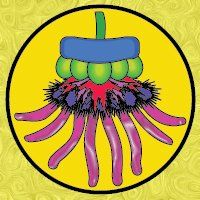
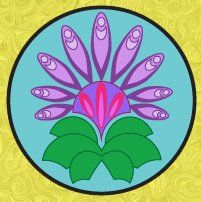
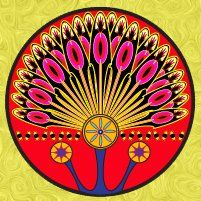
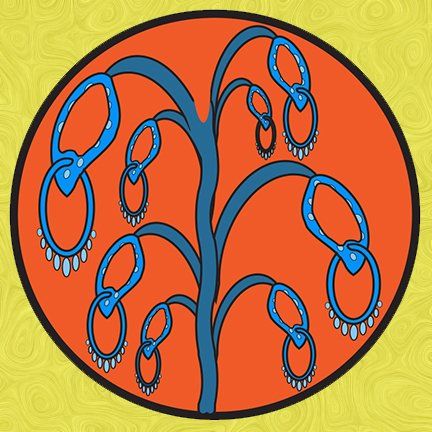
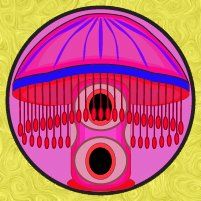
Scent Integration
This complex process involves harmonizing the Scent Wall of two or more cluster fragments or individual circles to join into a new whole. This is known as ‘scent integration.’ For various reasons, portions of an existing cluster may separate (see immediately below) from the larger body and become ‘fragments.’ These fragments then seek out other fragments or a welcoming cluster to join. The first step in achieving this is Scent Integration through body chemistry, reacting and producing a complimentary scent multiplied throughout the group to form a new or augmented Cluster Signature. It is a powerful attractant to the other groups.
Scent Merging
The least common form of
Scent Integration occurs when one
cluster undergoes a complete dissolution into its constituent
circles of eight, only for all those circles to migrate and integrate into one other cluster. This only happens when a smaller cluster merges with a larger one, although there are a few cases where the circles may only number two or even one less than the larger circle population. These rare events are mostly confined to
First or Second Grade clusters. The
Decennial Census may record the incidence of Merging between a few Fourth or even Fifth Grade clusters, but never more.
Scent Separation
Scent also divides these groups when they become too large or unworkable. Called ‘scent separation,’ it is a similar biological process to scent integration. This is usually a natural byproduct of ongoing tensions or other issues dividing the community or may occur for less apparent reasons. Some begin to unconsciously and uncontrollably emit this new odour; this is quickly picked up and amplified by others.
This is a process initially unnoticed by those emitting the scent. It is generally described as a ‘heaviness scent’ and is felt as an unpleasant dullness by those experiencing it. According to odour, this quickly leads to a separation into two or more groups. Subsequently, the scent difference will be less extreme to allow a diminished level of interaction, but they now remain distinct groups, which begin a gradual process of leaving the
cluster. Occasionally, two or more
circles within a cluster produce an odour that simultaneously repels the others. This is a much more robust process that takes place in extreme situations. In these unusual cases, these
fragments will require assistance from other clusters within their
Encirclement to help redistribute common property.
Another notable case involves most or all of a given cluster dissolving into cluster fragments only to migrate to and become absorbed in another cluster, causing the two Cluster Signatures to merge into a new wholeness. These are exceptional cases, and certain Honoured Historians see them as significant indicators of larger events, such as an unseen Generational Plan. These speculations may only be confirmed centuries or even millennia later when the Generational Plan’s outlines become sufficiently clear through cumulative generational observance.
Scent Integration and Separation may also result from deliberate action by the Cluster Elders due to particular circumstances. At such times, they may instruct the Maja to instigate and oversee what is deemed necessary. In the Emaxul Age of the Danam Yelda, there have been rare instances where a cluster’s Upata Bulb initiated a separation by changing the internal structure of the bulb. It does so by its unique sensitivity to the cluster’s health.
There are rare forms of Scent Separation. One involves the Majastas enacting what is known as a ‘Spice Driver,’ causing portions of an Encirclement or more extensive collection of clusters to dissolve into fragments. These fragments circulate through the vicinity, linking with other fragments or clusters. This work aims to produce a surge in vitality necessary for an immense undertaking, such as the Ceremonial Walk of the Danam Yelda. Another rare Scent Separation manifestation occurs when a Majastas dies, and the Mantle migrates to a new cluster. A complex series of events, known as part of the Dissolution Ceremony, occurs on this occasion. Among these are what are known as Decennial Separations, where over decades, selected circles of the former Majastas Cluster are relocated to new clusters by the Completion Bureau, spreading the Majastas Salt of the former dynasty to worthy recipient clusters.
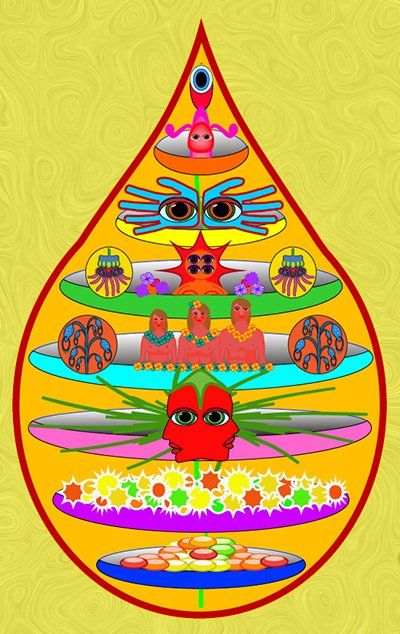
The Nine Petals
This refers to the
traditional nine varieties of sexual gratification cultivated within and between
Circles of Eight. Each represents an elegance of depth and is closely associated with distinct
Aroma Accords. As such, it embodies subtitles and depths unknown to previous ages. This number may be doubled or tripled through incremental refinements through timed combinations attained in maturity and entering into near or complete perfection among the
venerable aged. While two cluster mates may achieve the First Petal, the remaining eight require some or all of the rest of the Circle-of-Eight.
As may be imagined, the variety of activities when the entire circle comes together is considerable. At the same time, the Nine Petals may also be delivered by seven to one. On these occasions, the recipient may receive the full Nine Petals simultaneously.
While this may occur regularly, particularly at established milestones, it has particular resonance if the recipient has gone through either a triumph, a means of celebration, or a trial, an instrument of healing. Such profound and intimate forms of mastery have distinctive cultural practices around them.
Elders may initiate this among circles by merely having specific musical instruments sound or with a powerful song. Circles may also develop their own cultures of specific masks, themes or other intimate indicators based on their own ‘Circle Petal History.’ Random cluster events may spontaneously achieve some or all of The Nine Petals, such as the passage of a particularly conducive Accord Sillage from a neighbouring circle. A particularly jubilant form of Nine Petals takes place at Giftings. One or more circles known for their attainments may join with others from different clusters to become a focal point for delight during the event.
On the rare occasion of some challenge or difficulty within a circle or entire cluster in regularly achieving some or all of The Nine Petals, the cluster Elders initially attempt to heal the cluster's suffering. This would begin by having Spokes of the Cluster Wheel, particularly any Skin Touched, try to enter the circle of circles during their events and monitor and modify what appears amiss. Should these efforts fail to bring consistent and lasting results, the Elders will alert their Provincial Centre’s Ratio Bureau of the Wellbeing Ministry. This would lead to an investigation, possibly followed by the intervention of local Healers and Soothers. If the issues are more profound, the Cluster-of-Cluster’s Chancellery Ministry of Upata-Shepsus is presented with a petition detailing the situations and previous steps taken. In consultation with the national Wellbeing Ministry specialists, they may dispatch one of several profoundly potent agents to rectify the situation. This may include a rare representative of the Sixth of the Cluster-of-Clusters Nation’s Living Jewels, a Pleasure Monitor (icon above), who may also determine if the disorder extends beyond this one cluster to others in their encirclement. If a pronounced issue is discovered, they may notify the Nostrum Bureau, and one or more Acoons may arrive to dispense their intense medicines to those affected.
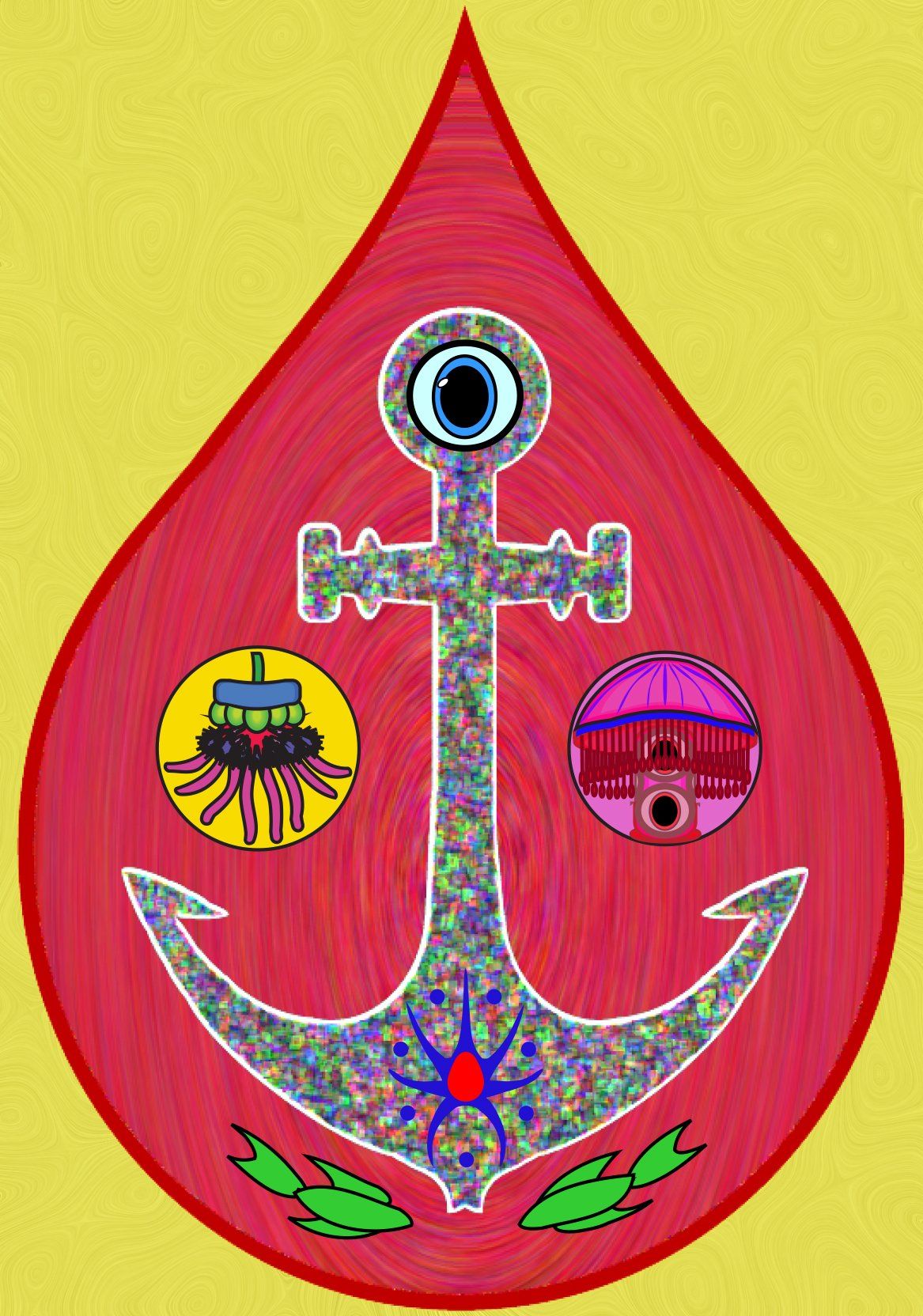
Cluster Signature
This refers to the collective Maja Aroma of a cluster. Generally, this is diffuse within the cluster and forms the backdrop of the Scent Wall and Cluster Tone of the entire community. While all Spokes of the Cluster Wheel produce combinations of the Five Accords for the cluster's working, the Maja Aroma is vital to the flow of all collective activity. When these Maja remove themselves from their cluster and gather for a Resonance Ritual, they take this distinction. Their collective aroma forms a signature cloud for their cluster at that time. Aroma Touched and others skilled in reading this ‘redolence curtain’ may learn many things about the nature of that cluster and the health and disposition of its members. This may be created without the entire Maja population of the cluster gathering, but usually only forms if at least a third to one-half of the Cluster’s Maja population is present.
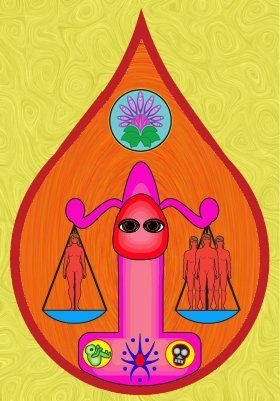
Cluster Memory
While the Aged teach all ages of pre-adults cluster lore and general knowledge, the Elders maintain the Cluster Archives and are ‘Keepers of the Artifacts.’ Cluster Memory is composed of successive layers of what are called ‘Circle Spirals,’ which are the collective memories of each generation. These Spirals are laid on top of one another, and over time, the older layers are edited or moved to Enumerator Ministry storage. The Elders develop extensive contacts with others in distant clusters and contribute to developing extensive archives in Ablution Academies celebrating regional cluster life and the larger Cluster-of-Clusters Nation.
Given many changes in location and circumstance during the passage of cluster generations, its identity is not tied to place. This means the Elders play a vital role in continuity when change occurs. For instance, after a Scent Separation, the Elders with a smaller group edit the previously shared memory so it is ‘light’ for the modest cluster to live with as they form a new identity.


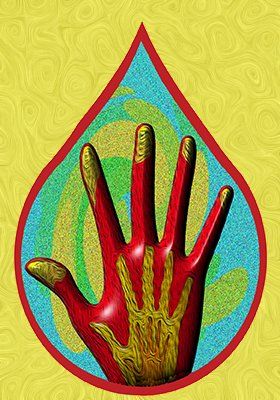
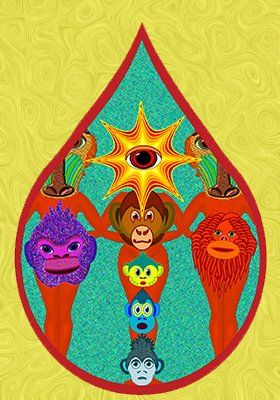
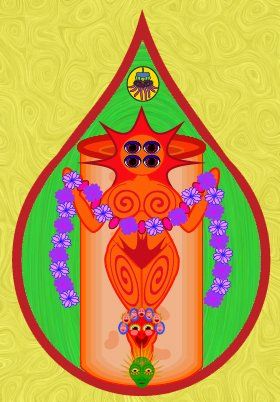
Mother of Many Conceptions
The Enumerator Ministry and the Wellbeing Ministry confer this title on a Double who has achieved five thousand conceptions as confirmed by her Cluster Elders. Such a Double is considered at her full power and potency. This usually comes in mid-life. Fresh Adult males and Completes assist in this process and perform these duties on rotation. This is one of Fresh Adults' first distinctive duties, which they are deemed ideally suited. Ripe Adult males and Completes continue to play their part, but to a diminished extent. Conceptions also come about during Giftings and other events outside the cluster.
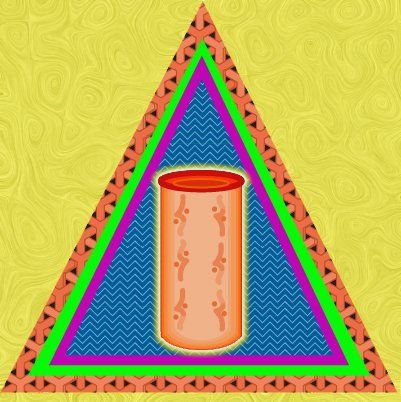
Double’s Conclusive Offering
When the Double dies, most or all of her body is planted in her Healing Vat. This critical ritual begins her child’s life as a ‘Ripe Healing Vat.’ According to cluster traditions, location and period, a wide variety of customs are associated with this Conclusive Offering. Whatever the details, the Offering is generally divided into sections, although the order may vary. First, cluster mates embrace her in farewell. Known as the ‘Final Touch,’ this process can be long and elaborate.
Under the cluster Elder's and her circle's Maja direction, these actions may also serve to prepare better and augment her for the offering. The first Takshakutan may be added initially to aid the transmuting process. This can involve planting them within her body or into the vat before the offering begins. It is common for clusters to follow the farewell by taking a small portion of flesh for a Repast of Remembrance, obtaining a small amount of her fat to light a series of lights, or, in other ways, distributing something of her to the rest of the cluster.
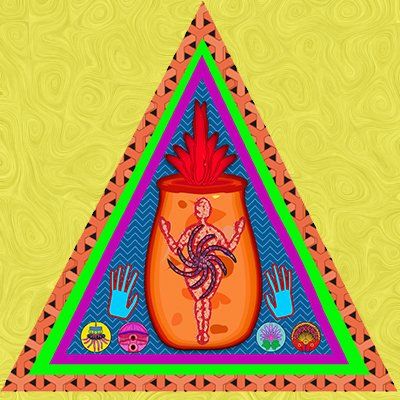
This is generally followed by the Double being washed and wrapped in vat webbing soaked in Sheshenara. Depending on the proceedings, it is not unknown for her vat to awaken and seek their Mother Double. Other Doubles or Maja may now guide the pre-vat to her proper place. If her vat remains quiet, at the appropriate time, Doubles coats their hands in Double's sweat or other fluids and spreads them onto the vat. This is said to be a declaration to her that her Mother Double is dead, and she prepares for the offering. Once the Double is wrapped in varying ways, she is lowered into the open mouth of her vat. A small vial of Phantasm Spume is emptied on top of her head to aid in the quickening process. As the body sinks in, an orange and red blossom rises from the vat's mouth and over the sides, separating into gleaming edging and innumerable ‘fingers.’ This initial bloom is displaced as the entire body fills the vat. A surge of contents rises as a wavering globe over the top of the vat, known as the ‘Offering Crown.’ As this globe diminishes, the vat undergoes dramatic flank splits and widens to accommodate the offering and its first liquid body. These vertical splits become the first actual layer of the Ripe Vat’s skin, over which all subsequent patterning will develop. The now Ripe Healing Vat incorporates her Double, and the cluster names her with her Mother Double’s name. The cluster can expect their new vat to serve them for a century or even two. One such ceremony is detailed in ‘Amarel Mountain,‘ the second novel in the series.
On the exceptional occasion when a Double ‘dies afar,’ meaning more than one anda from her vat, the Doubles and Vats Bureau of the Wellbeing Ministry is informed. This is a rare occurrence, as most Doubles are in relative proximity to their vats throughout their lives. The body is promptly conducted to her vat whenever possible for the Conclusive Offering. If her body is severely damaged or destroyed, whether some distance away or within her cluster, the Ministry swiftly arrives at the affected cluster, including representatives from the Doubles and Vats and Pacifier Bureaus. Senior Vat Masters conduct a specialized version of the Conclusive Offering. Healers and Soothers from the Pacifier Bureau administer several deep rites to assist the entire cluster in recovering and adapting to this trauma and its outcome.
Note: the above describes the process for a pre-vat becoming a Ripe Healing Vat. A ‘Double-Ripe Healing Vat’ has the distinction of having received one or more stillborns before this process. See Pre-Vats and Stillbirths.
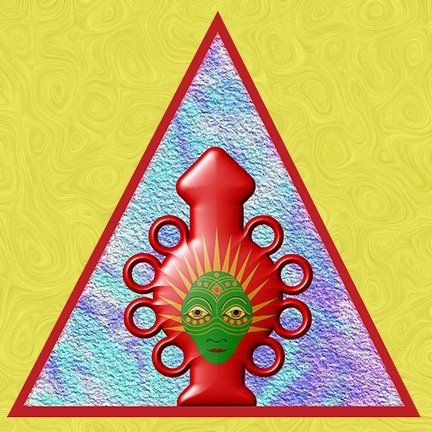
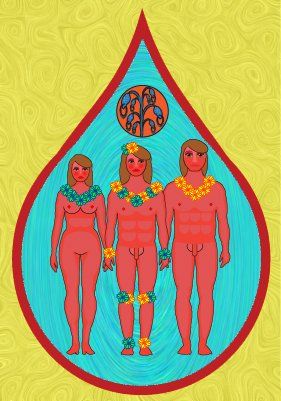
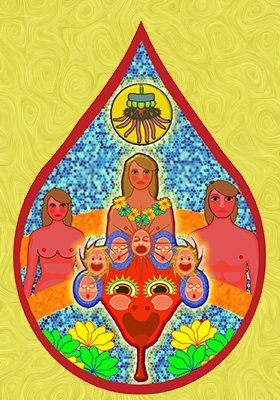
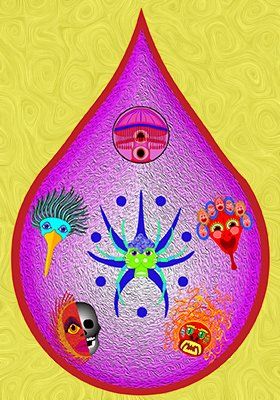
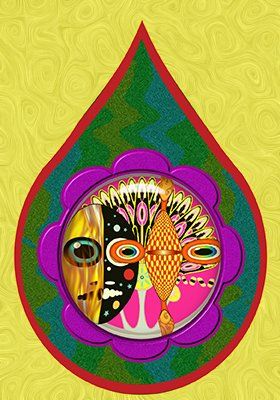
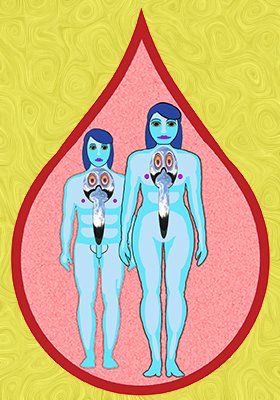

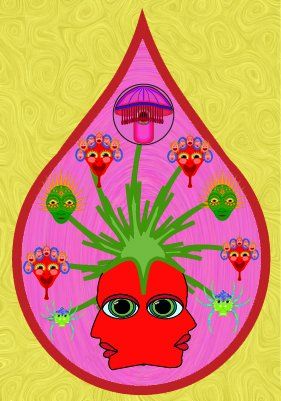
Perfect Beings
Completes emerged as the Tatchlan Master's ideal of the perfect being. They are named ‘Flawless,’ ‘Finished,’ and ‘Balanced,’ and are the complete blending of female and male, manifesting both female and male genitalia and other attributes.
While sharing a similar role to Betweens, they are also adored as a powerful, moving image of perfection. They are treasured as unique beings, being ‘whole’ and ‘undivided.’ They can finalize the three-men-to-one-woman ratio within a Circle of Eight as a woman or a man. These tend to be the last Spoke to manifest in an emerging cluster and are deemed a sign of cluster maturity.
The Icon for Completes shows two faces, one female and one male, merging at the back while sharing a single pair of eyes. Out of herhis head radiates nine strands of hair. At the end of each strand hangs the Complete Aroma Accord and the sets of three Primary Tatchlan Faces that Completes are associated with on their three name days (outlined below). As Completes takes a leadership role during the Kava-Kura Festival, her face predominates.
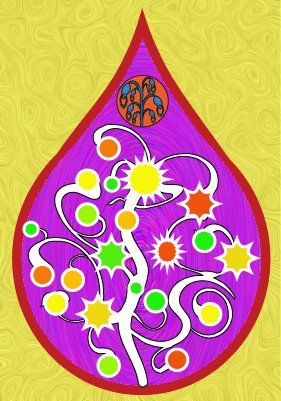
It must be noted here that Dreamers are not connected to using Dream Guides. These Guides are a fashioning of the late Primary Epoch Tolku to allow anyone, including Mundanes, to experience the Resplendent Work. Dream Guides form a window for anyone to peer momentarily into the inner world of Tatchlan.
Dreamers possess a singular ability to read the dreams of others.
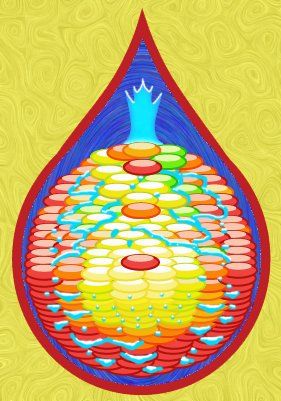
The multicoloured spheres have been interpreted as all Spokes of the Cluster Wheel, as all three ‘orbs’ or layers within the Living System, and as the enlivened Skin of Anu. While academics continue delving into these matters, for the majority, this image depicts Mundanes as the foundation of the Cluster-of-Clusters Nation.
Largest segment of the population
In regular times, Mundanes make up thirty to forty percent of the population. Unlike all Spokes of the Cluster Wheel, this percentage increases to as high as sixty percent during Burning Blossom Cycles. In the first centuries of the Koru after the Killing Swath and Second Suvuka Onslaught, most survivors were Mundane. Those taking shelter within the Mulungu Mountains raised a new generation of Spokes of the Cluster Wheel from Mundane mothers.
Whereas single Spokes are shown on this Tolku Icon, four Mundane spheres, signifying their numbers, form the ‘pillar’ connecting them all to Anu and Tatchlan. It also symbolizes how all Spokes may issue from Mundane Mothers (see immediately below).
